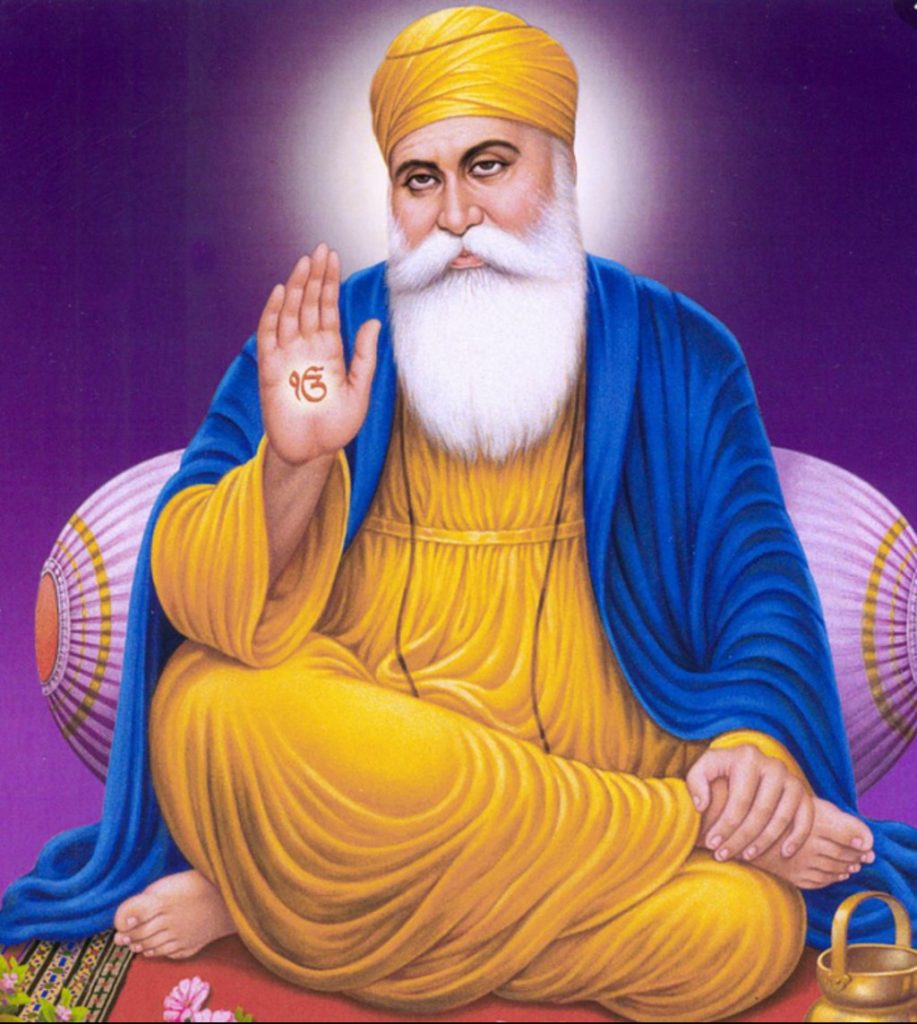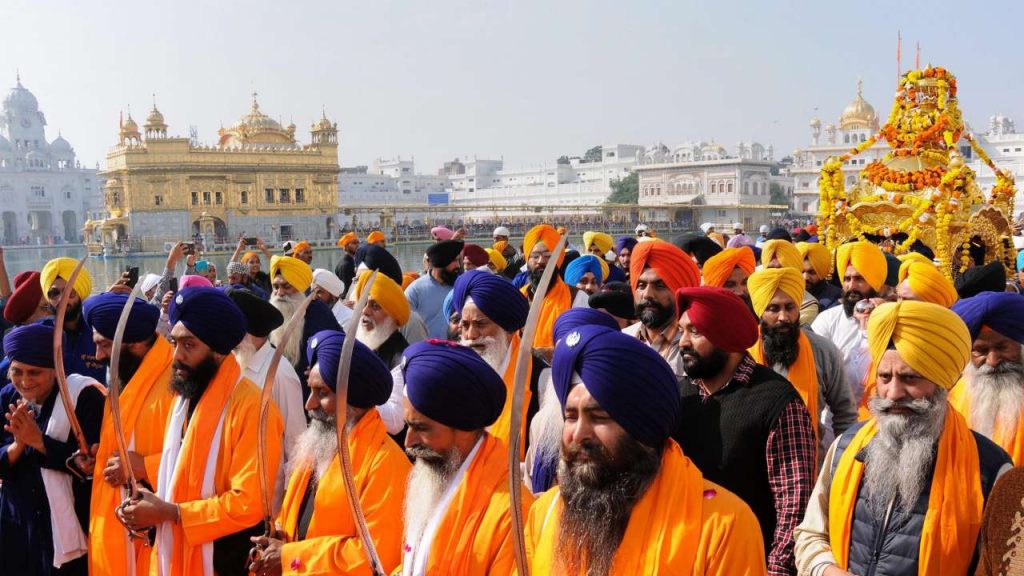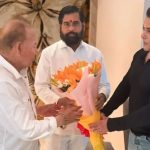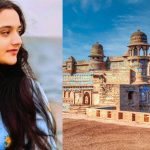Around the Globe, 19th November is being celebrated as 550th Gurupurab or Guru Nanak Jayanti. The day marks the celebration of the 550th birth anniversary of the founder of Sikhism & the first Sikh Guru, Guru Nanak Dev Ji.
We all may know Guru Nanak Dev Ji as a Sikh Guru or Founder of Sikhism and that Gurupurab is his birth anniversary. However, there are a lot more things that we must know about one of the most worshipped and biggest religious personality.

Early Life of Guru Nanak Ji
As estimated by researchers and experts, Guru Nanak Dev Ji was born on 15th April 1469. As per a Hindu Calendar, it was a full moon day in the month of Kartik Month. The same date, as per Gregorian calendar, falls every year in between October and November.
He was born in Rai Bhoei ki Talwandi, Kartarpur, which is currently in Lahore, Pakistan. Guru Nanak Sahib’s birthplace is known as Gurudwara Nankana Sahib.

His father Mehta Kalu was an accountant and his mother Mata Sulakhni was a housewife. He had spent his childhood days with his older sister, Bebe Nanaki.
Since childhood, he was a distinguished, extraordinary child with a divine grace upon him. At the age of 16 only, he mastered various religious texts and languages like Sanskrit, Persian and Hindi. He even raised voice against various prevalent social practices including the Caste System, idolatry and the worship of demi-Gods and refused to partake in traditional religious rituals.

In 1487, he got married to Mata Sulakhni Ji and had two sons namely Sri Chand and Lakhmi Das. Guru Nanak Ji had a Muslim friend childhood, Bhai Mardana. Bank Ji moved to the town of Sultanpur Lodhi, to take up a job as an accountant in charge of the stores of the local Governor. He used to work during days, while in the early morning and at nights; he meditated and sang hymns with Bhai Mardana on the rabab, a stringed instrument.
Founding of Sikhism
Guru Nanak Ji is the founder of Sikhism and the first of the ten Sikh Gurus. One early morning while he was bathing in the “Vain Nadi” (Vani River), Nanak Ji heard his inner voice asking him dedicates his entire life to the serve humanity. He thought it is the voice of the god. So, he left his house and for the next 30 years of his life, he travelled around 4 major places in different countries including India, South Asia, Tibet and Arabia. During his 30,000 km long journey, he fosters and preached the feeling of ‘One God’ amongst the people. The famous Sikh symbol ‘Ik Onkar’ which translates to ‘The one above all’ or ‘The one who has/owns everything’ was given by Nanak Sahib Ji during his preaching to his disciples around the world.

He preached people with a new concept of God that is “Supreme, All-powerful and Truthful, Formless (Nirankar), Fearless (Nirbhau), without hate (Nirvair), the Sole (Ik), the Self-Existent (Saibhang), the Incomprehensible and Everlasting creator of all things (Karta Purakh), and the Eternal and Absolute Truth (Satnam)”.
While all the religions of the world had different perception about God being in an idol or something else, he always focused that ‘One’ God dwells in every one of his creations’. While other religions taught different methods, ritual etc to worship God, he fostered the thought that we all have direct access to God without the need of any rituals or priests. Till date, he is worshipped by different names in different countries.
India- “Guru Nanak Dev Ji”
SriLanka – “NanakChariya”
Tibet – “NanakLama”
Sikkim and Bhutan – “Guru Ripochia”
Russia – “Nanak Kdamdar“
Iraq – “Nanak Pir”
Nepal – “Nanak Rishi”
China -“Baba Phusa”
Egypt -“Nanak Wali”
Saudi Arabia -“Wali Rind”
Source: gnmsn.org
Late Life
In the later years of his life, Guru Nanak Dev Ji settled down near the banks of the river Ravi (Rabi) in a township of Kartarpur, Punjab (now in Pakistan). There, he introduced the concept of Langar. It is a free communal kitchen where everyone can come and have lunch for free.

As estimated by experts, he passed away on 22 September 1539. The place where he attained salvation is currently in Kartarpur, Pakistan and is made into Gurudwara Darbar Sahib. It is one of the most worshipped places for Sikh people. Before his demise, he installed Bhai Lehna Ji (Guru Arjan Dev Ji) as the Second Nanak.
Guru Nanak Ji’s Teachings
He founded three pillars of Sikhism namely Naam Japna, Kirat Karni, and Vand Chakna. His teachings were immortalised in the form of 974 hymns and are mentioned in the Guru Granth Sahib, the sacred book of Sikh religion. Since, Gurunanak Ji was a religious preacher, who founded Sikhism, the whole Sikh community celebrates the Kartik Puranmashi or Kartik Poonam as Guru Parv, Gurupurab or Guru Prakash Parv.

The festival is widely celebrated in various parts of the world, majorly in India & Pakistan as the two nations have the highest Sikh population. In 2019, it falls on 12th November.
Guru Nanak Jayanti celebration
The day is celebrated as a three-day festival, starting from two days before Guruparv. ‘Akhand Paath’ starts in Gurudwaras, 48 hours before the start of Puranmashi. Sikh Gurus perform non-stop reading of Guru Granth Sahib, the holy religious book of the Sikhism. A day before the birth anniversary of Nanak Sahib, a procession is carried out by the devotees around local suburbs of respective cities, which is known as Panj Pyaras or Nagarkirtan. The devotees sing religious songs & hymns while carrying the Sikh flag that called the ‘Nishan Sahib’ and a carriage called ‘the Palanquin’ which carries Sri Guru Granth Sahib.

On the Pooranmashi, or Guruparv (main day), to celebrate the birthday of Guru Nanak Ji, people get up as early as possible, some even before sunrise, get ready and sing Asa-di-Var, which are some morning hymns from Sikh Scriptures. The Sikh Priests recite poems and hymns in Gurudwaras to praise Guru Nanak Dev Ji.

After a morning celebration, a mass community lunch is organised by the whole Sikh community. This is famously known as ‘Langar’, where the Prashad is served. Also, during the event, the special type of Sikh martial art, called ‘Gatka’ is performed by trained artists/persons as a display of art & skills to the devotees.
Also Read: Kartarpur Corridor Inaugurated to Welcome First ‘Jatha’ of Pilgrims Ahead of 550th Gurupurab


























